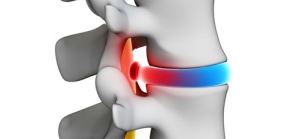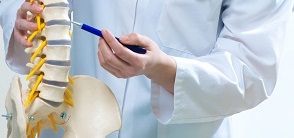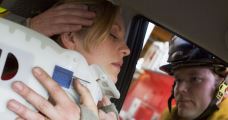 There are two main types of kneecap trauma – dislocations and fractures. While these types of injuries are rare, the can be extremely painful and require immediate treatment. Here is some information on each type of trauma and common treatment options.
There are two main types of kneecap trauma – dislocations and fractures. While these types of injuries are rare, the can be extremely painful and require immediate treatment. Here is some information on each type of trauma and common treatment options.
Dislocations
The kneecap is a bone similar in shape to a triangle that is located at the front of the knee going. It is designed to slide up and down but not sideways. Strong ligaments hold it in place – in fact, the cartilage located at the back of the kneecap (or patella) is the thickest found in the body. When a dislocation takes place, the kneecap is pushed out of its correct location.
This form of kneecap trauma occurs when a great deal of force is applied to the area, such as during a car accident or a severe fall. However, it can sometimes happen when the patella is twisted awkwardly – usually during some sort of sports activity.
A dislocated kneecap needs to be put back in place as quickly as possible. Once that is done, the patient typically experiences a great deal of pain, instability and weakness in the area. Physical therapy is vital to helping a patient to regain strength and stability and to also help prevent future dislocations.
Fractures
A fracture of the kneecap is usually caused by a fall from a substantial height or a direct blow. In some cases there is a single break but in others the patella can break in to several pieces. There are some instances where a fracture can be treated through non-surgical means. A patient will probably need to wear a brace of about 4-6 weeks and go through a gentle rehab program. If a fracture is severe, however, surgery will be needed. Screws, wires and pins will be inserted to hold the patella in place. Healing usually takes place within three months and patients typically return to full activities within 4-6 months.
If you suffer any sort of kneecap trauma, talk to Plano orthopedic surgeon Richard A. Marks. Call our office at 972-301-2866 or contact us online to schedule an appointment.




 Neck pain is a common occurrence, and can affect many places on the body from the tops of the shoulders to the bottom of the head. In some instances, it can even spread to the arms or upper back. While many types of
Neck pain is a common occurrence, and can affect many places on the body from the tops of the shoulders to the bottom of the head. In some instances, it can even spread to the arms or upper back. While many types of 
 Arthroscopic meniscus tear surgery is becoming an increasingly popular option to repair torn cartilage. In many instances, it is performed on an outpatient basis using a range of
Arthroscopic meniscus tear surgery is becoming an increasingly popular option to repair torn cartilage. In many instances, it is performed on an outpatient basis using a range of 

 This spine surgery technique was originally developed to allow athletes to return to their sport in the quickest amount of time with the least long-term restrictions or risks. Dr. Marks began using the procedure with its original instrumentation soon after its inception in the mid 1980s, but for more than just the athletic subgroup of patients. He performed the minimally invasive surgery on patients for whom traditional open spine surgery was not an option. Some patients were afraid of risks or complications related to open surgery itself; others were fearful of anesthesia. Some were too sick to undergo a general anesthetic or too osteoporotic to consider spinal fusion.
This spine surgery technique was originally developed to allow athletes to return to their sport in the quickest amount of time with the least long-term restrictions or risks. Dr. Marks began using the procedure with its original instrumentation soon after its inception in the mid 1980s, but for more than just the athletic subgroup of patients. He performed the minimally invasive surgery on patients for whom traditional open spine surgery was not an option. Some patients were afraid of risks or complications related to open surgery itself; others were fearful of anesthesia. Some were too sick to undergo a general anesthetic or too osteoporotic to consider spinal fusion.

